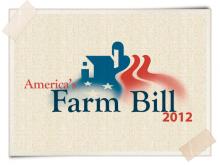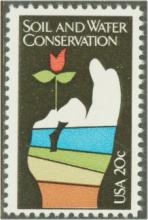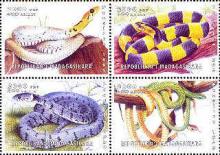
The British Government is completely free to ignore recommendations from European safety regulators that controversial nerve-agent pesticides should not be used on crops visited by bees, MPs were told. Herman Fontier, head of the pesticides division of the European Food Safety Authority (EFSA), told a Parliamentary committee that his organisation’s recommendation two weeks ago that neonicotinoid pesticides, widely blamed for bee declines around the world, should be kept away from bees, was merely a risk assessment – and it was up to individual EU member states whether or not to act on it. In Britain the Environment Secretary, Owen Patterson, has already indicated that the Government is likely to ignore the recommendation and is opposed to an immediate ban on three neonicotinoids highlighted by the EFSA report, imidacloprid, clothianidin and thiamethoxam, made by the giant agribusiness companies Bayer and Syngenta. Mr Patterson’s Department for Environment, Food and Rural Affairs (Defra) is carrying out its own research into neonicotinoids and bees. The EFSA report, which came after more than 30 scientific papers implicating the chemicals in damage to bees and bee colonies, said that they “pose a number of risks to bee health”. But asked by the Green MP Caroline Lucas, at a hearing of the Environment Audit Committee, whether or not EFSA could take the recommendation any further, Mr Fontier said they could not. His organisation dealt only with risk assessment, not with risk management, he said. “A lot of scientific rigour has gone into your conclusion that these chemicals should only be used on crops not attractive to bees, and that’s a fairly catergorical statement,” Ms Lucas said. “But if a member state decides to do something completely different, do you just have to say, ‘fine, there’s nothing we can do’?” “There’s nothing, really nothing more we can do,” Mr Fontier said.










